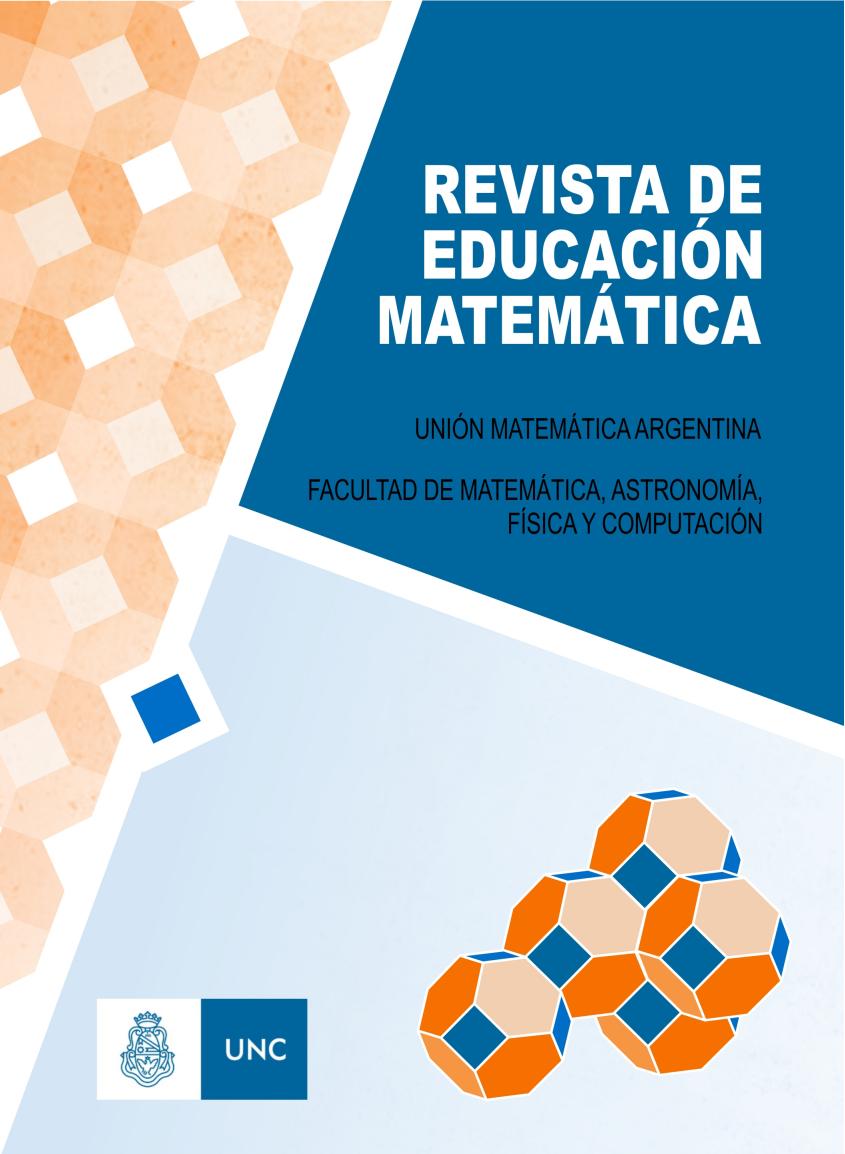Calculation of geocentric radius by degrees of latitude
DOI:
https://doi.org/10.33044/revem.37305Keywords:
geocentric latitude, geocentric radius, WGS84 ellipsoidAbstract
The objective of this exercise is to face the loss of cognition and therefore the ability to perform geometric transformations from spherical models to ellipsoidal models within the teaching of geography at the undergraduate level. It is postulated that global navigation satellite systems based on reference ellipsoids are still conceived as spherical systems by many students due to the absence of practical examples that help their pedagogical understanding. To cover this gap in this work, the eccentricity, geocentric latitude and geocentric radius of the 90 main parallels of the reference ellipsoid WGS84 were calculated. Methodologically, we worked on a study universe greater than 324 thousand seconds of latitude. Of which only the top 90 cases are shown. Using an analog criterion, the geocentric radius was determined for the ports of Salina Cruz, Oaxaca, Tampico, Tamaulipas and Ensenada, Baja California. As results it is exhibited that the distance to the center of the Earth between Salina Cruz and Ensenada there is a difference of 4 kilometers.
Downloads
References
De Andrade, R. (2008). “A herança de Sacrobosco e seus comentadores: desenvolvimentos e erros na astronomia geocêntrica do século XVI”. En: De Andrade, R., Silva, C., Hidalgo, J. y Al-Chueyr, L. (2008). Filosofia e Historia da Ciência no Cone Sul: Seleção de trabalhos do 5o. encontro. Campinas: Associação de Filosofia e História da Ciência do Cone Sul.
Franco, R. J. (1999). Nociones de topografía geodesia y cartografía. Cáceres: Universidad de Extremadura.
Gómez, C. (2007). la forma de la tierra: expedición para medir un grado del arco de meridiano en el virreinato del Perú (1735-1744). EGA. Revista de Expresión Gráfica Arquitectónica, (12): 128-139.
Jo, K., Lee, M., y Sunwoo, M. (2015). Fast GPS-DR sensor fusion framework: removing the geodetic coordinate conversion process. IEEE Transactions on Intelligent Transportation Systems, 17(7): 2008-2013.
Kopeikin, S. (2019). Reference-Ellipsoid and Normal Gravity Field in Post-Newtonian Geodesy. Relativistic Geodesy, 159–228. doi:10.1007/978-3-030-11500-5_6
Meza, P. (2011). El datum en navegación. Chile: Universidad Austral de Chile, Facultad de Ciencias de la Ingeniería.
Snyder, J. P. (1987). Map projections-A working manual (Vol. 1395). Washington D. C.: United States Geological Survey.
Stevens, B. L., y Lewis, F. L. (1992). Aircraft control and simulation. New York: Wiley.
Ulziisaikhan, G., y Oyuntsetseg, D. (2020). UAV and terrestrial laser scanner data processing for large scale topographic mapping. Mongolian Geoscientist, 50, 63-73.
Veloso, F. (2016). A elaboração de uma nova descrição geral da Terra nos primeiros séculos da época moderna (1522–1780). Revista Equador, 5(2): 159-189.
Downloads
Published
Issue
Section
License
Copyright (c) 2023 Dr. Rodrigo Tovar Cabañas, Dr. Hipólito Villanueva Hernández, Dra. Shany Arely Vázquez Espinosa

This work is licensed under a Creative Commons Attribution-ShareAlike 4.0 International License.
Aquellos autores/as que tengan publicaciones con esta revista, aceptan los términos siguientes:
- Los autores/as conservarán sus derechos de autor y garantizarán a la revista el derecho de primera publicación de su obra, el cuál estará simultáneamente sujeto a la Atribución-CompartirIgual 4.0 Internacional (CC BY-SA 4.0), que permite:
- Compartir — copiar y redistribuir el material en cualquier medio o formato
- Adaptar — remezclar, transformar y construir a partir del material
- La licenciante no puede revocar estas libertades en tanto usted siga los términos de la licencia
- Los autores/as podrán adoptar otros acuerdos de licencia no exclusiva de distribución de la versión de la obra publicada (p. ej.: depositarla en un archivo telemático institucional o publicarla en un volumen monográfico) siempre que se indique la publicación inicial en esta revista.
- Se permite y recomienda a los autores/as difundir su obra a través de Internet (p. ej.: en archivos telemáticos institucionales o en su página web) después del proceso de publicación, lo cual puede producir intercambios interesantes y aumentar las citas de la obra publicada. (Véase El efecto del acceso abierto).









